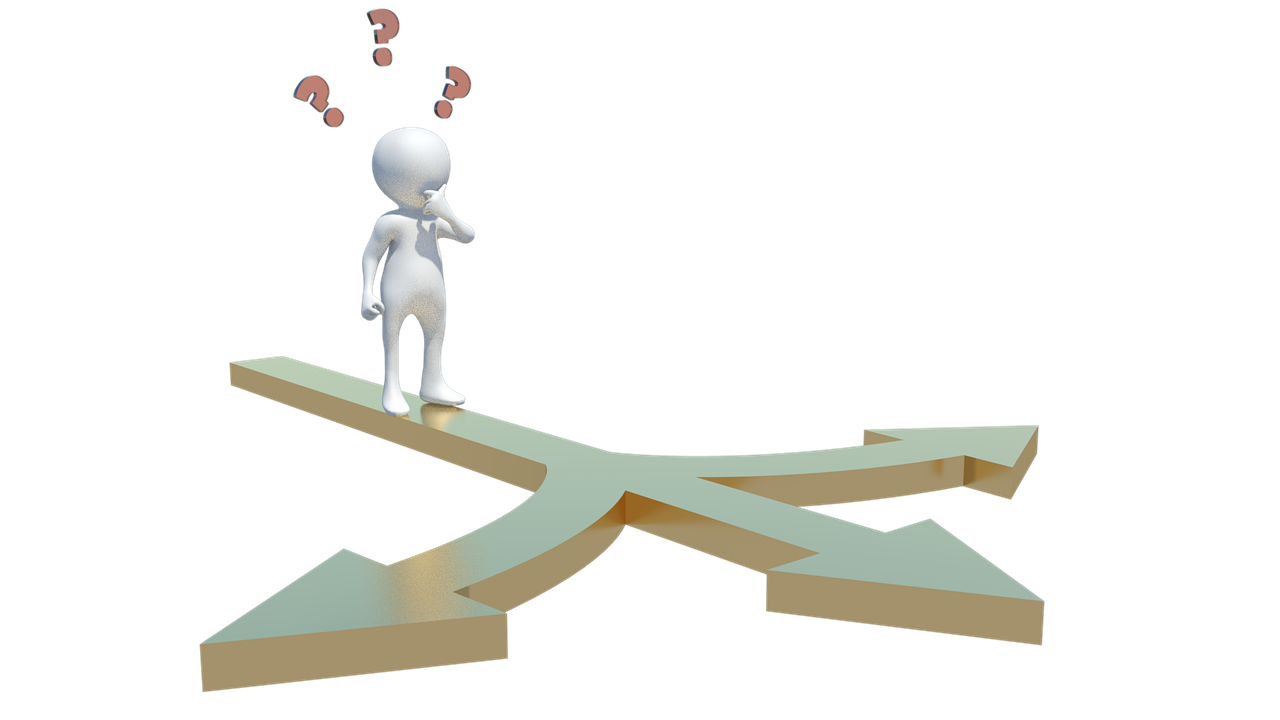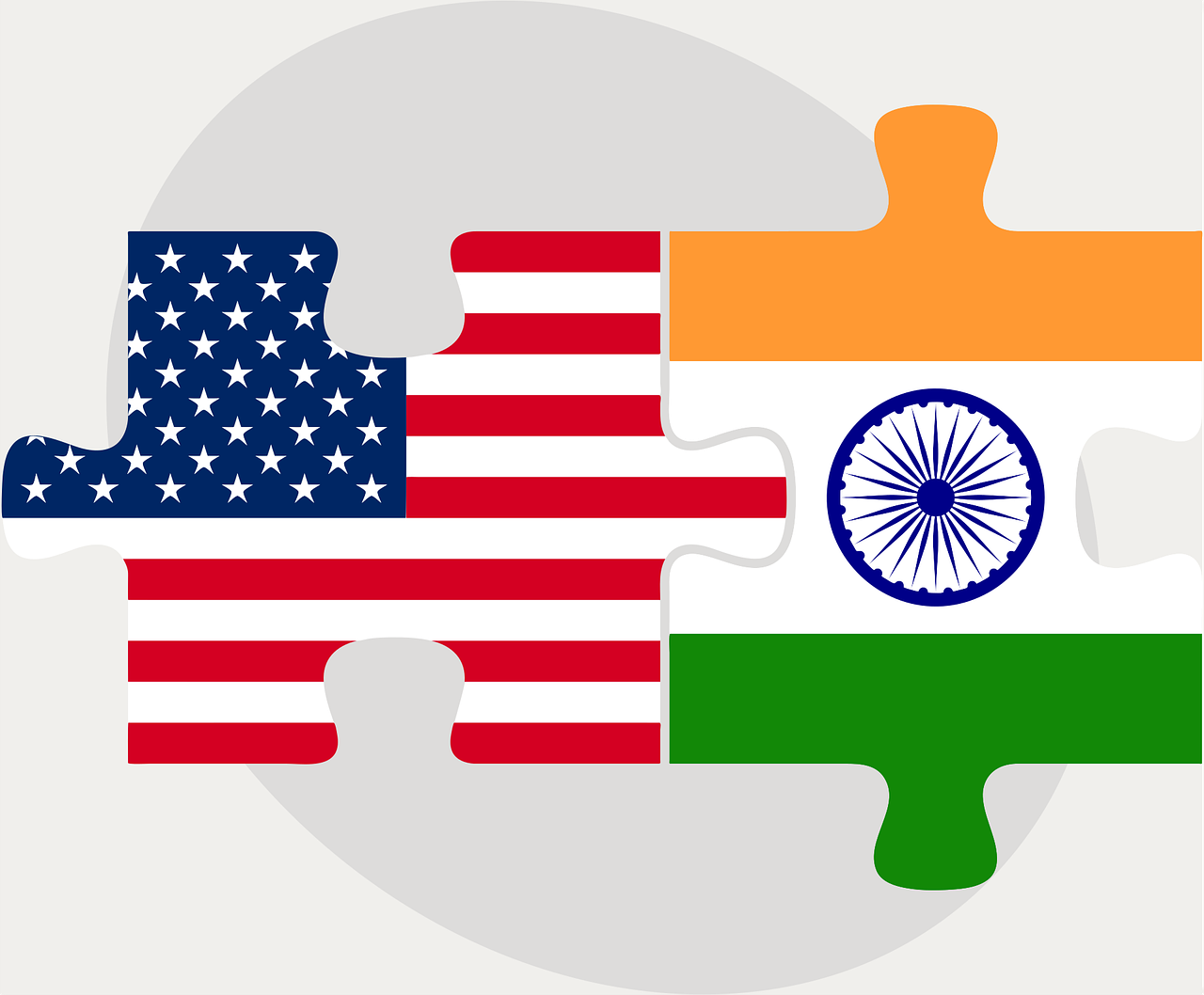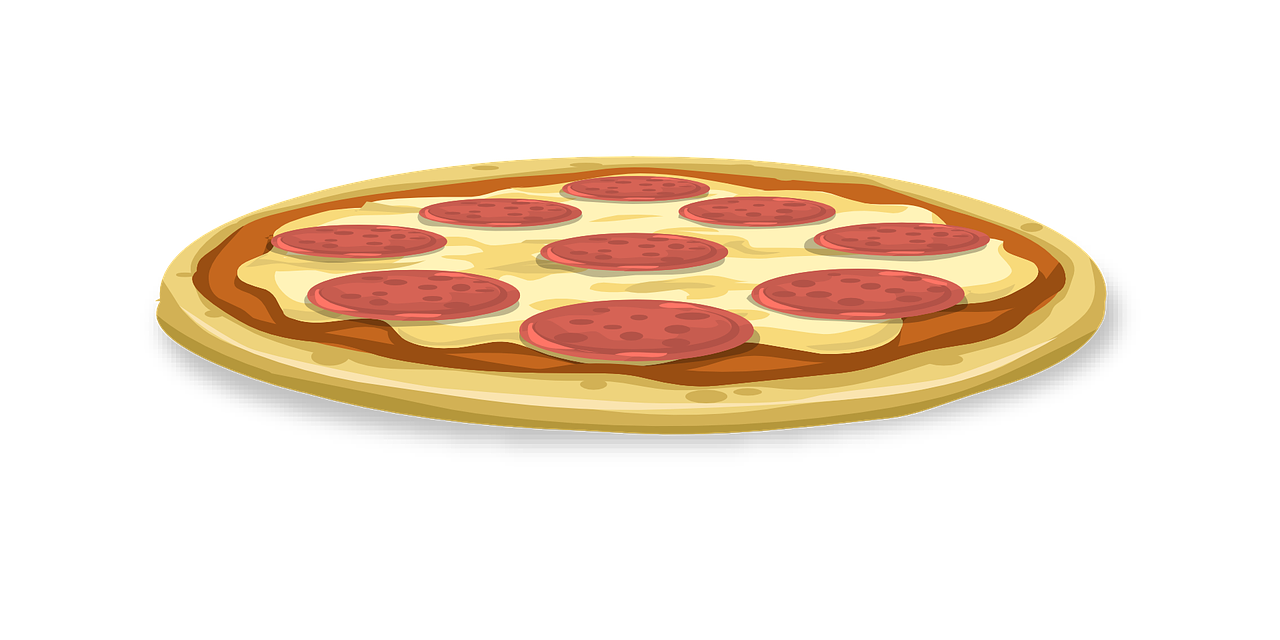Unit 1 Overview: Basic Economic Concepts
9 min read•june 18, 2024
AP Microeconomics 🤑
95 resourcesSee Units
Unit 1 Overview: Basic Economic Concepts

Image Courtesy of Pixaby
A Word About Micro Math:
This is the most asked question/concern about taking AP Micro. Most students are anxious about the level of mathematics needed to be successful in Micro. The AP Microeconomics Exam will not let you use a calculator, and you will need to turn fractions into decimals with the help of your mind and some scrap paper. An ideal time to take AP Microeconomics is to take it the same year you take AP Calculus AB/BC. Students learning calculus are surprised to find how much econ applies concepts of calculus into everyday decisions. A very big example of this is how much economists lean on the derivative (h/t Khan Academy). If you like economics and think you might take it at university, learn to love Issac Newton’s pandemic project. You made banana bread; he made calculus.
Congratulations! You’ve decided to take one of the most important and useful subjects of the AP offerings. In Microeconomics, you are going to learn how people make decisions. In other words, you are going to learn about choice. How you make choices, how businesses make choices, and what happens when there are unanticipated consequences from choices. From considering how many slices of pizza to consume to overproduction’s impact on the environment, Micro has you covered.
HOWEVER, YOU DO NOT NEED TO UNDERSTAND CALCULUS TO BE SUCCESSFUL IN AP MICROECONOMICS.
The numbers in front of the section titles are important to know because they mirror the Course & Exam Description (CED) standards. Get very familiar with the CED since it tends to get edited slightly every year and tells you what information AP can test you on. If you look below you will see “1.1 Scarcity”. The first 1 refers to Unit 1 and the .1 refers to the first learning standard. Scarcity is the title of the standard. So 1.1 means Unit 1, 1st standard, Scarcity. These numbers will become a review checklist for you later, so it’s good to become familiar with which ideas go with which unit. Your mind may go blank during the test, and remembering Unit standard titles will help bring it back!
Say it again for the people in the back!
YOU DO NOT NEED TO UNDERSTAND CALCULUS TO BE SUCCESSFUL IN AP MICROECONOMICS.
AP Micro uses sneaky calc by disguising some of the concepts in tricky and sometimes advanced algebra and geometry. There is more math in AP Micro than in AP Macro, but it’s approachable if you can work with fractions and formulas. The difference is you will need to memorize seemingly random formulas if you aren’t familiar with calc. Don’t worry about waiting a year and nailing down Algebra 1 and/or 2 before taking on AP Micro. You’ll be better prepared for it. On the other hand, if you are bound and determined to take this course without a firm mathematics foundation, it can still be done, but you must be willing to set aside time to practice and be able to memorize a bunch of formulas.
Still here?
Feeling ok?
Deep breath.
Here we go!
How this course is divided:
The numbers in front of the section titles are important to know because they mirror the Course & Exam Description (CED) standards. Get very familiar with the CED since it tends to get edited slightly every year and tells you what information AP can test you on. If you look below you will see “1.1 Scarcity”. The first 1 refers to Unit 1 and the .1 refers to the first learning standard. Scarcity is the title of the standard. So 1.1 means Unit 1, 1st standard, Scarcity. These numbers will become a review checklist for you later, so it’s good to become familiar with which ideas go with which unit. Your mind may go blank during the test, and remembering Unit standard titles will help bring it back!

Image Courtesy of Pixaby
Why do we need to make choices? Because try as we might, we cannot do everything. We’re limited as human beings in what we have, but our desires are infinite. The richest person in the world still wants something more. The desire for something, be it beauty, money, love, or fame, drives human existence. Listen to the words of the song playing in your AirPods. Bet you the artist is stating their desire to have something. This is the fundamental economic concept of scarcity which you will look at in detail in the 1.1 Study Guide. While you may see the word “scarce” in scarcity, the term does not mean “rare.” Instead, it means that humans have unlimited desires and limited resources.
This means that for every choice you make, you actually make two choices. By deciding to hit the snooze button a second time, you are also deciding not to pancakes for breakfast. You won’t have time, and you will have to shove a granola bar into your face while running to class. Economists call this a trade-off, meaning something given up to choose something else. The pancakes, the next best alternative choice, would be a specific trade-off called the opportunity cost.
1.2 Resource Allocation and Economic Systems

Image Courtesy of Pixaby
With the basics of Unit 1 understood, you then tackle 1.2. Individuals, businesses, and nations have to make decisions because of unlimited desires and limited resources. We categorize resources into four factors of production: land, labor, capital (physical and human), and entrepreneurship. Each individual, business, and nation has access to land, labor, capital, and entrepreneurship, yet they will find a way to orderly distribute these factors of production by asking three questions:
- What goods and services should we produce?
- How should we produce the goods and services?
- Who should receive the produced goods and services?
How nations answer these questions will define their culture and society by creating an economic system. There are three general economic systems, Free-Market, Command, and Mixed.
1.3 The Production Possibilities Curve
This is your first graph and the graph you will forget if you don’t review it. It comes back to haunt you in later units and AP Macroeconomics. This section is also where you discover that economics is a laboratory of sorts. The environment is sterile and heavily controlled as we change a variable on a model and look to see what happens to the dependent variable. You may be thinking of how this is not what would happen in the real world. You’re right! Econ is going to test theories and hypotheses on models. In models, human behavior is predictable, but in the real world humans love to troll and mess up models (see the whole #GameStonk saga). If you want more of the messy side of things, you should look into Business courses, but we are now ride or die econ. Let’s lean into the limit lab model of the production possibilities curve (PPC) also known as the production possibilities frontier (PPF).

Image Courtesy of Pixaby
The PPC, as you will learn, shows where an individual, business, or nation is efficient. When we say efficient, we mean you are both allocatively efficient AND productively efficient. Are you getting the most bang for your buck? Allocative and productive efficiency return in the form of math later on, so get to know them now as “am I producing the right mix of products” and “am I producing my products at the lowest cost possible.” This is the graph that will show trade-offs, opportunity costs, and efficiency. Simple, yet efficient. The PPC can also be moved right or left by outside forces like pandemics, recessions, and increasing capital goods.
1.4 Comparative Advantage and Trade

Image Courtesy of Pixaby
This is the first tricky concept that may throw you for a loop, but the good news is that the math isn’t difficult. The main idea of this section is that while some countries have an absolute advantage and can produce more of something (output) or with fewer resources (input), they may not be able to produce the goods at the lowest opportunity cost (comparative advantage). Assume the countries can only produce two goods. That doesn’t sound realistic, correct? Correct! Remember econ uses models like a chemist uses a laboratory. We’re going to oversimplify concepts to find variables. Using models means we lose a little IRL applicability, yet we gain the ability to isolate the concept.
A note of warning for 1.4: Students can sometimes get too fixated on the numbers and forget to understand the concept. This little section is a potential iceberg looming in the darkness as you sail through the waters of micro. You must practice and review this section a few times before it will solidify in your mind. Make sure you carve out time to practice and review.
Think of this as an extension from learning about opportunity cost. If two nations (e.g. Mexico and Japan) only produce two goods (corn and soy), those nations could produce both items themselves or Mexico should specialize (intentionally decide to produce one thing and not another) in corn and Japan could specialize in soy, because Mexico has comparative advantage in one good and Japan will have comparative advantage in the other. They will then trade with each other so both will get the best possible deal with the least opportunity cost. Trade allows countries to consume more yet while still on the efficiency line of the PPC. Both countries benefit by specializing in one product where they have the lowest opportunity cost and importing the other product.

Image Courtesy of Pixaby
After all the OOO (Output: Other goes Over) and IOU (Input: Other goes Under) goofiness of 1.4, you are going to love 1.5! This is where you will start to see the basic building blocks for the rest of micro. We are going to look at choices in context of previous choices. Let’s say you missed lunch at school and you have soccer practice. At the end of practice, your stomach is practically yelling at you. You know you are ordering pizza, but how many slices will it take before you are satisfied? Too few slices and you will still be hungry and too many slices will make you sick. We want that Goldilocks zone where it is balanced. We want to eat enough to be satisfied and not be sick. That is cost-benefit analysis. In this section, you are going to learn to look at explicit costs and implicit costs. We will then look at each piece added to your plate individually. “What is the cost of eating the fourth slice of pizza” (i.e. how sick will I be) introduces the important term, marginal cost. Marginal cost means what is the cost of adding one more. We will then see marginal benefits (i.e. how full am I after the fourth slice). The big concept to take away is that we are and should continue to do a behavior until the point where marginal benefit equals marginal costs (MB=MC). If marginal costs are higher than marginal benefit, you should not continue that behavior.
1.6 Marginal Analysis and Consumer Choice
There’s that word marginal again! Some textbooks like to define it as “extra,” but “additional” is a better word for it than “extra”. You now know marginal cost and marginal benefit in 1.5. Now, marginal utility can enter your vocabulary! Utility can be defined as “satisfaction” or happiness. Satisfaction equals happiness in economics and we measure it in utils. Let’s put the whole unit together here in this situation:
You are at the concession stand during the football game. The booster club is selling hot dogs for $2 and chocolate bars for $1. You have $10 in your pocket. What combination of hot dogs and chocolate bars will maximize your utility?

Image Courtesy of Pixaby
Sound familiar? You do this when staring at the vending machine deciding if you want Sour Patch Kids or Swedish Fish with your $1.50. Remember 1.1! Scarcity says we have unlimited desires and limited resources; thus we must make a choice. In 1.6, we find out how to determine the choice that gives us the biggest bang for our limited bucks!
You didn’t think economics was useless, did you?
Browse Study Guides By Unit
💸Unit 1 – Basic Economic Concepts
📈Unit 2 – Supply & Demand
🏋🏼♀️Unit 3 – Production, Cost, & the Perfect Competition Model
⛹🏼♀️Unit 4 – Imperfect Competition
💰Unit 5 – Factor Markets
🏛Unit 6 – Market Failure & the Role of Government
🤔Exam Skills
📚Study Tools

Fiveable
Resources
© 2025 Fiveable Inc. All rights reserved.